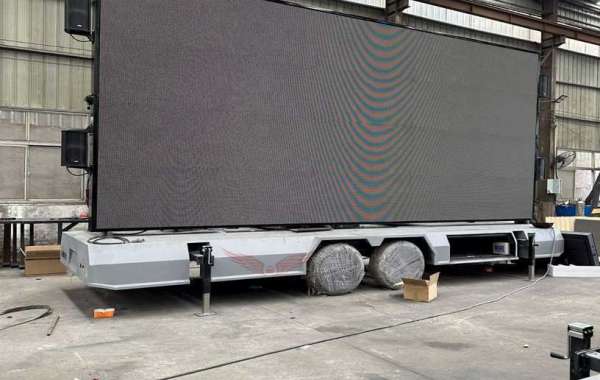The coworking industry has evolved rapidly, with businesses and freelancers increasingly choosing shared workspaces for flexibility, cost-effectiveness, and networking opportunities. However, managing a coworking space manually can be time-consuming, inefficient, and prone to errors. In contrast, coworking management software streamlines operations, improves member experience, and enhances revenue generation.
This article compares manual management and coworking software while exploring why automation is the future for coworking spaces.
Challenges of Manual Management
Traditionally, many coworking spaces relied on spreadsheets, emails, and physical logbooks to manage bookings, memberships, and invoices. While this approach may work for small-scale operations, it becomes inefficient as the business scales.
Key Challenges:
- Time-Consuming Administrative Work: Handling member check-ins, scheduling, and invoicing manually can lead to inefficiencies.
- Errors and Double Bookings: Without an automated system, overbooking meeting rooms or mismanaging desk allocations is common.
- Delayed Payments and Revenue Loss: Manually tracking payments, late fees, and invoices increases the risk of missed revenue opportunities.
- Lack of Real-Time Visibility: Owners and managers cannot instantly track space utilization, occupancy rates, or revenue metrics.
- Poor Member Experience: Members often face slow responses, unclear pricing, and unorganized communication.
How Coworking Software Transforms Operations
Coworking management software automates routine tasks, eliminating inefficiencies while providing real-time insights.
Key Benefits:
- Automated Booking System: Members can easily reserve desks, meeting rooms, and event spaces via an intuitive platform, preventing scheduling conflicts.
- Seamless Check-ins and Access Control: Digital check-ins, keyless entry, and member authentication enhance security and convenience.
- Recurring Billing and Payment Automation: The system generates invoices, tracks payments, and integrates with payment gateways for automatic billing.
- Real-Time Analytics and Reporting: Space utilization, revenue trends, and peak occupancy hours can be monitored through data-driven insights.
- Member Engagement and Community Building: Built-in communication tools, event calendars, and networking features foster collaboration.
- CRM and Integration Capabilities: The software integrates with CRM tools, accounting systems, and IoT-enabled devices to create a unified workspace ecosystem.
The Future of Coworking Spaces with Automation
With the increasing demand for coworking spaces, automation is becoming essential for efficiency, profitability, and member satisfaction. Key trends shaping the future of coworking management include:
- Scalability: Automated systems enable coworking spaces to expand without operational challenges.
- AI-Powered Insights: Predictive analytics help managers optimize pricing, desk allocation, and member retention strategies.
- Adaptability to Hybrid and Remote Work Models: Flexible workspaces require technology-driven solutions to support evolving workplace demands.
- Integration with Smart Office Technology: IoT-enabled lighting, climate control, and occupancy sensors enhance workspace efficiency.
Conclusion
Manual management may suffice for small coworking spaces, but automation ensures streamlined operations, improved efficiency, and a superior member experience. Investing in coworking management software not only saves time and reduces costs but also positions a workspace for long-term success in an increasingly competitive industry.
For coworking spaces looking to enhance efficiency and scale operations, adopting the right management software is a strategic decision that will drive long-term growth.










